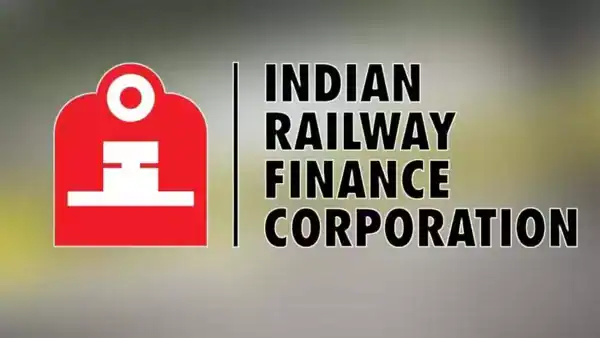
Indian Railway Finance Corporation (IRFC) shares are trading at ₹143.45 on the National Stock Exchange (NSE).
This marks a 1.75% decrease from the previous day’s closing price of ₹146.00.
Recent Stock Performance
Over the past month, IRFC’s share price has declined by approximately 9.04% on the Bombay Stock Exchange (BSE).
Despite this short-term dip, the stock has appreciated by 46.07% over the past year, outperforming the Nifty index, which increased by 10.20% during the same period.
52-Week Range and Market Capitalization
IRFC’s stock has experienced significant volatility, with a 52-week high of ₹229.05 and a low of ₹99.55.
The company’s current market capitalization is approximately ₹1,90,800 crore, reflecting its substantial presence in the financial sector.
Financial Metrics
Key financial indicators for IRFC include a price-to-earnings (P/E) ratio of 29.32, suggesting that investors are paying ₹29.32 for every rupee of earnings. The return on equity (ROE) stands at 12.64%, indicating efficient utilization of shareholder funds. The company offers a dividend yield of 1.03%, providing consistent returns to investors.
Analyst Recommendations
Analysts have given IRFC a consensus rating of “Hold,” with a median price target of ₹50.00, which is 65.16% lower than the current market price. This suggests that analysts anticipate a potential decline in the stock’s value over the next year.
Recent Developments
In August 2023, reports indicated that the Indian government planned to sell over 11% stake in IRFC via an offer for sale (OFS) during the fiscal year 2023-2024. This announcement led to a temporary decline in the company’s share price.
Company Overview
IRFC is the dedicated financing arm of the Indian Railways, responsible for raising funds to support the expansion and modernization of the railway network. The company’s financial health is closely tied to the performance and investment plans of Indian Railways.
Investor Considerations
Investors should be aware of IRFC’s high debt-to-equity ratio of 7.83, indicating a significant reliance on debt financing. Additionally, the company’s low interest coverage ratio suggests potential challenges in meeting interest obligations.







